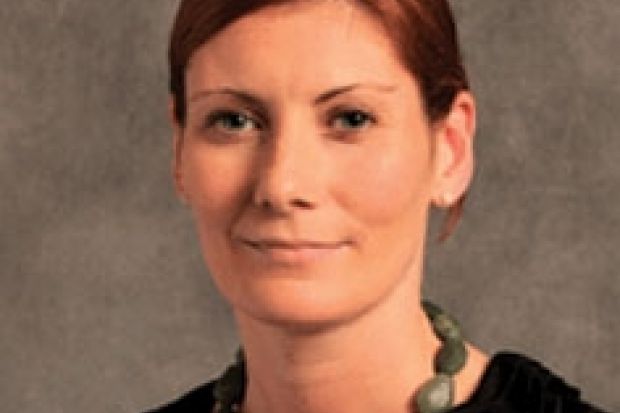Leverhulme Trust
Philip Leverhulme Prizes
Classics
- Award winner: Michael Squire
- Institution: King’s College London
- Value: £70,000
The intersection between Graeco-Roman visual and literary cultures
- Award winner: Peter Thonemann
- Institution: University of Oxford
- Value: £70,000
The history and culture of pre-Islamic Turkey
Earth, Ocean and Atmospheric Sciences
- Award winner: Kirsty Penkman
- Institution: University of York
- Value: £70,000
The application of analytical chemistry to geochronology, archaeology and earth science
Major Research Fellowships
- Award winner: Julia O’Connell Davidson
- Institution: University of Nottingham
- Value: £150,388
“Modern slavery” and the margins of freedom: debtors, detainees and children
- Award winner: Stephen Burman
- Institution: University of Sussex
- Value: £143,900
The US and emerging powers: the transition to a new world order
- Award winner: Carlo Caruso
- Institution: Durham University
- Value: £128,056
Italian vernacular classics and textual scholarship, 10-1870
Economic and Social Research Council
Future Research Leaders Scheme
- Award winner: David Vinson
- Institution: University College London
- Value: £156,077
Making sense from the hands and mouth: multimodal integration in spoken and signed languages
National Institute for Health Research
Health Technology Assessment Programme
- Award winner: Wendy Atkin
- Institution: Imperial College London
- Value: £203,495
Is whole colon investigation by colonoscopy, CT colonography or barium enema necessary for all patients with colorectal cancer symptoms, and for which patients would flexible sigmoidoscopy suffice?
Biotechnology and Biological Sciences Research Council
ERA-NET Grants
- Award winner: Mark Smales
- Institution: University of Kent
- Value: £342,147
Tailor-made expression hosts depleted in protease activity for recombinant protein production
In detail
Leverhulme Trust Research Project Grants: Sciences
Award winner: Karen Faulds
Institution: University of Strathclyde
Value: £169,093
Assembly of nanoparticles for optimisation of enhanced Raman scattering
Surface-enhanced Raman scattering (SERS) is a technique of increasing importance in a range of fields including medical diagnostics and homeland security. It has the unique ability of being able to detect and identify many different species within a mixture and involves light of a particular wavelength being directed on to very small pieces of silver metal (nanoparticles), then some of the reflected light will have changed wavelength. Despite its sensitivity, its uptake for routine use as an analytical technique has been hampered by the difficulty in obtaining reprodu-cible signals from the metal surfaces used to provide the enhancement. This work proposes to experimentally quantify the relationship that the distance between nanoparticles has on the resultant SERS signal. It is hoped that this will allow greater understanding of the fundamental SERS process and allow the optimisation of SERS responses on a fundamental and a practical level.
